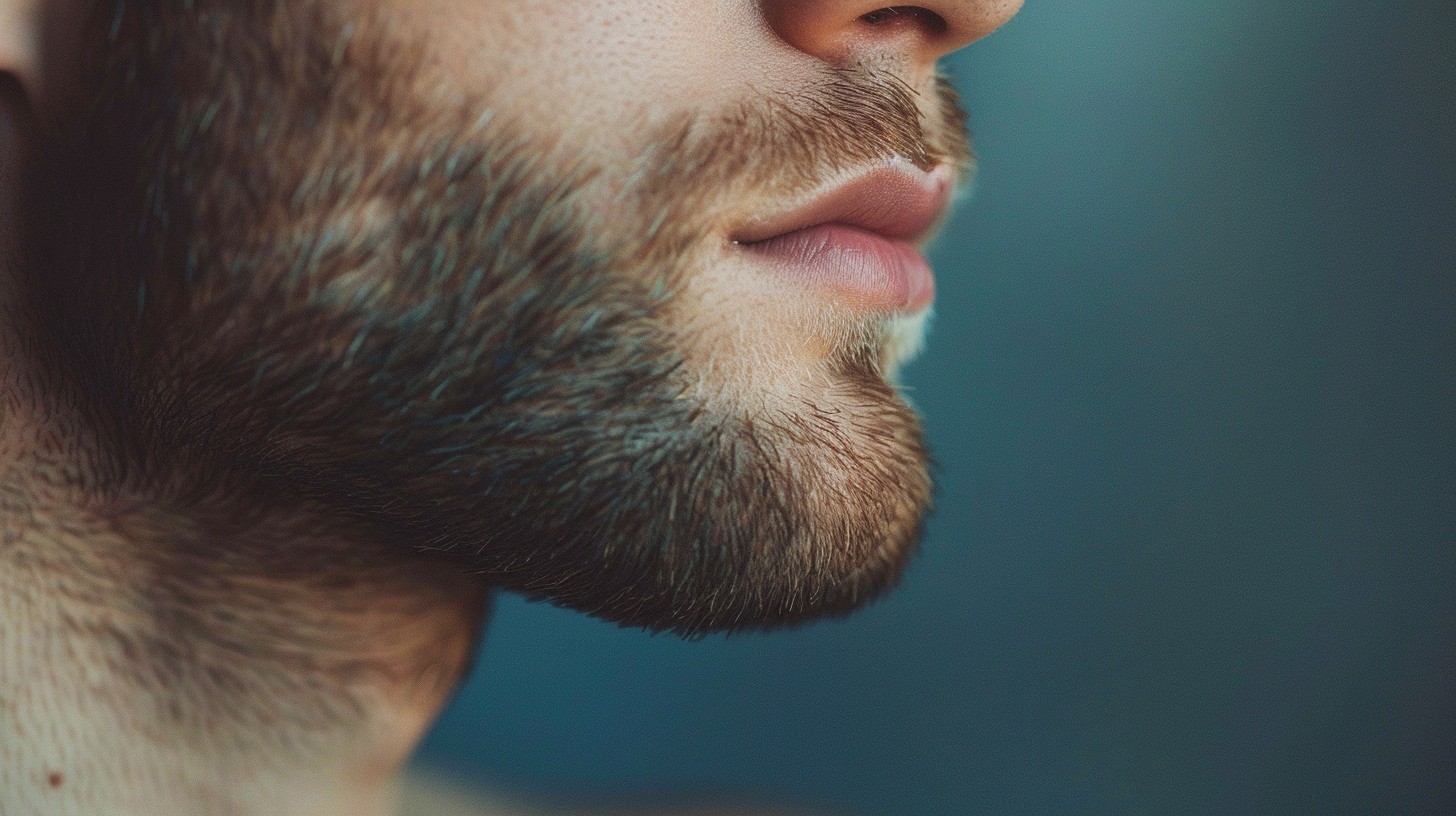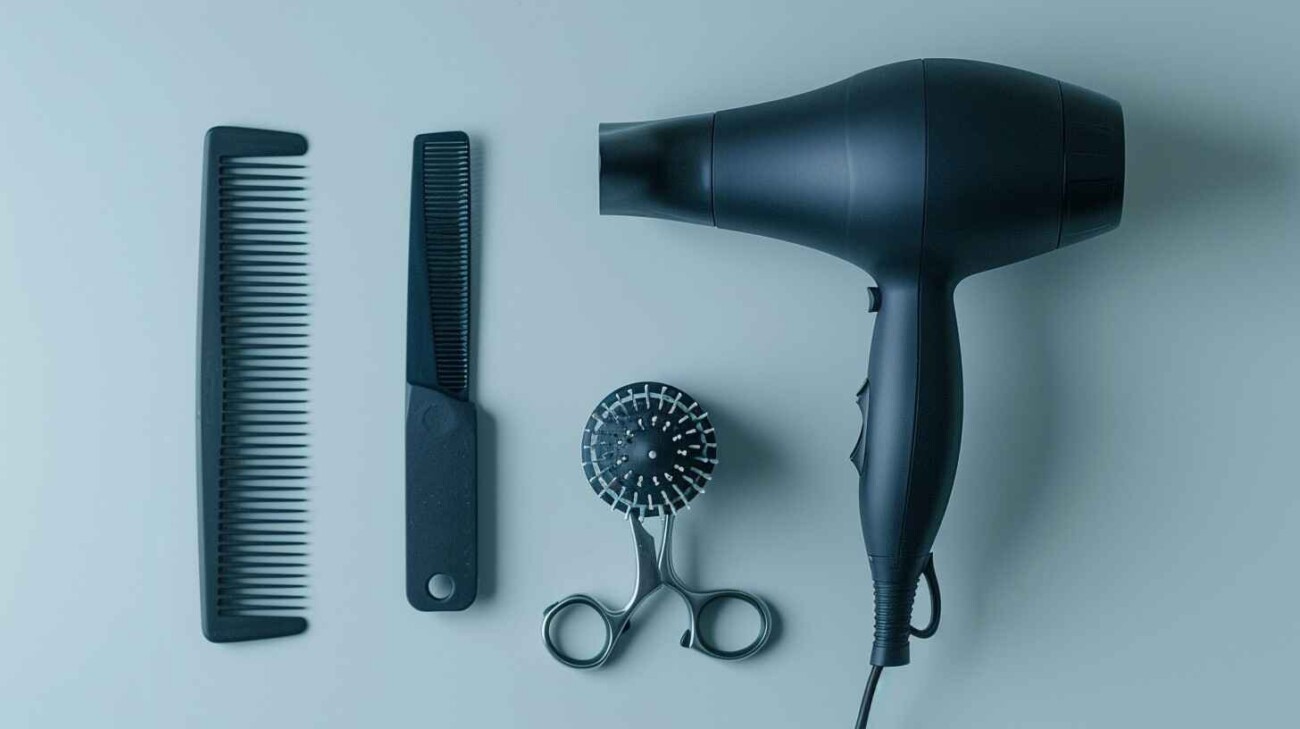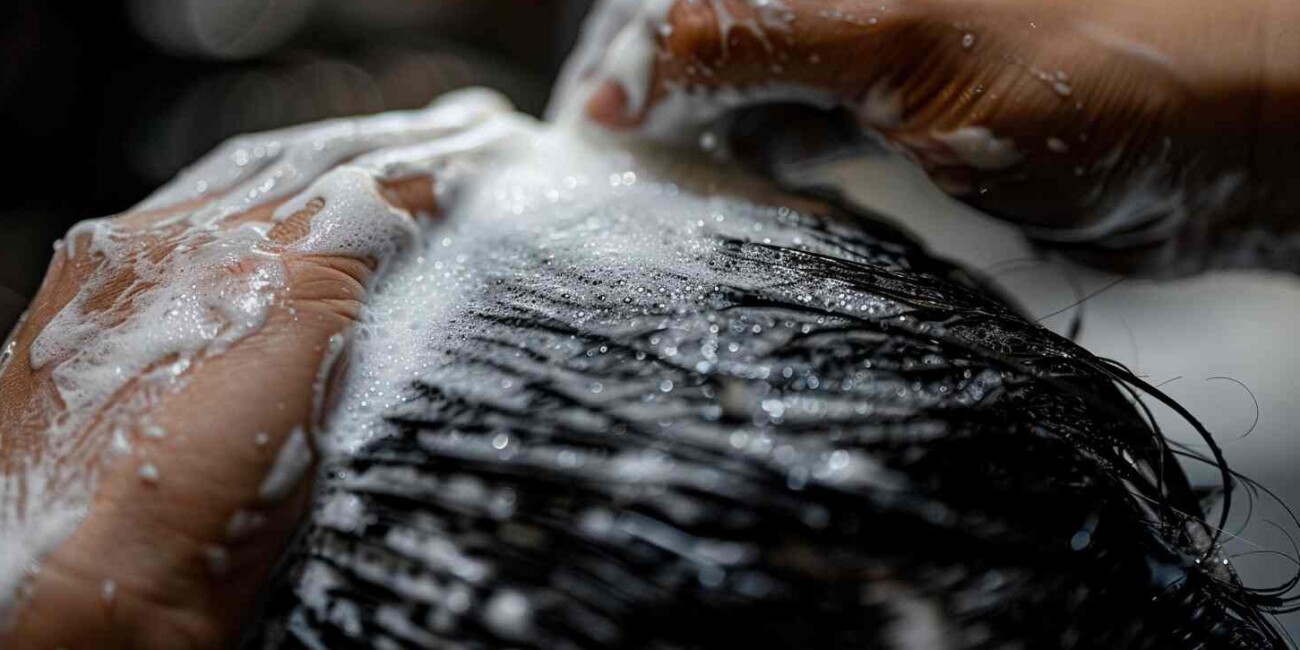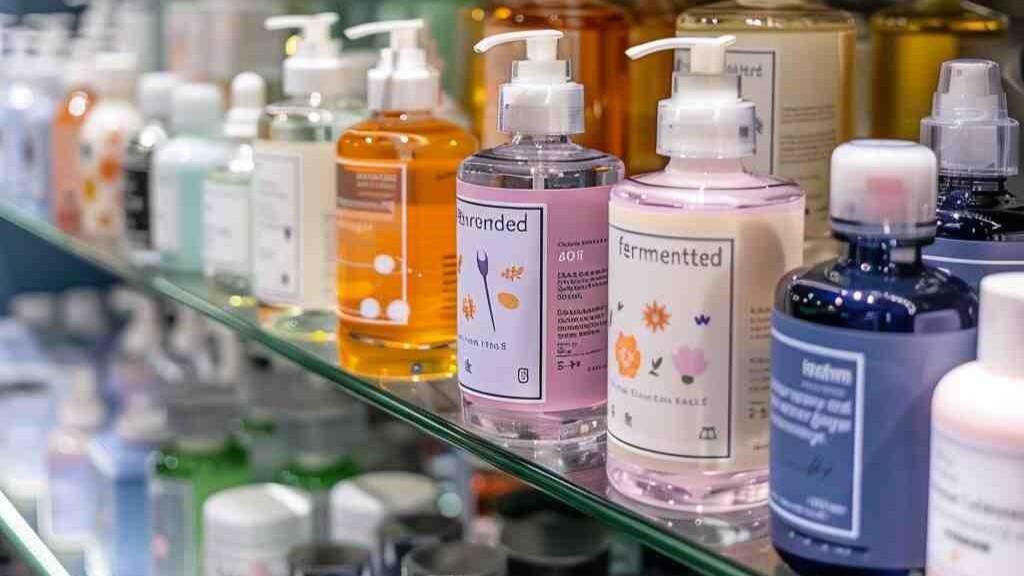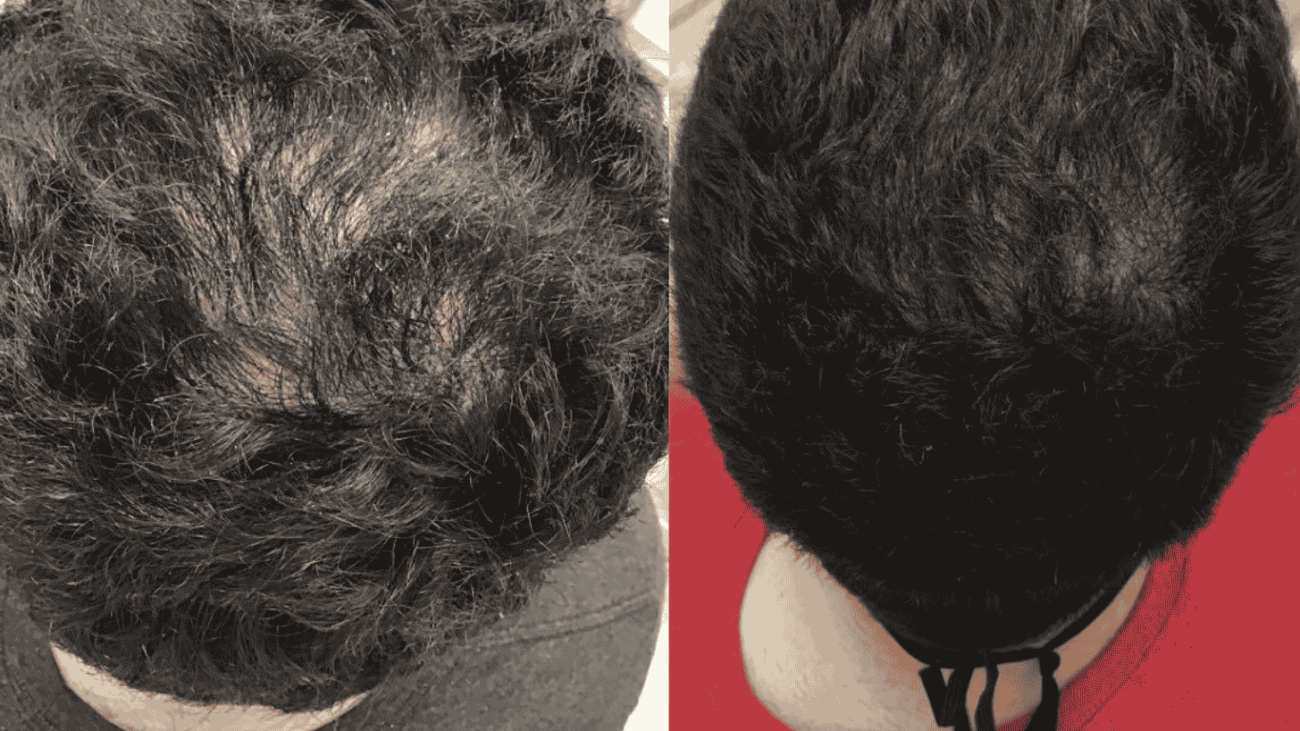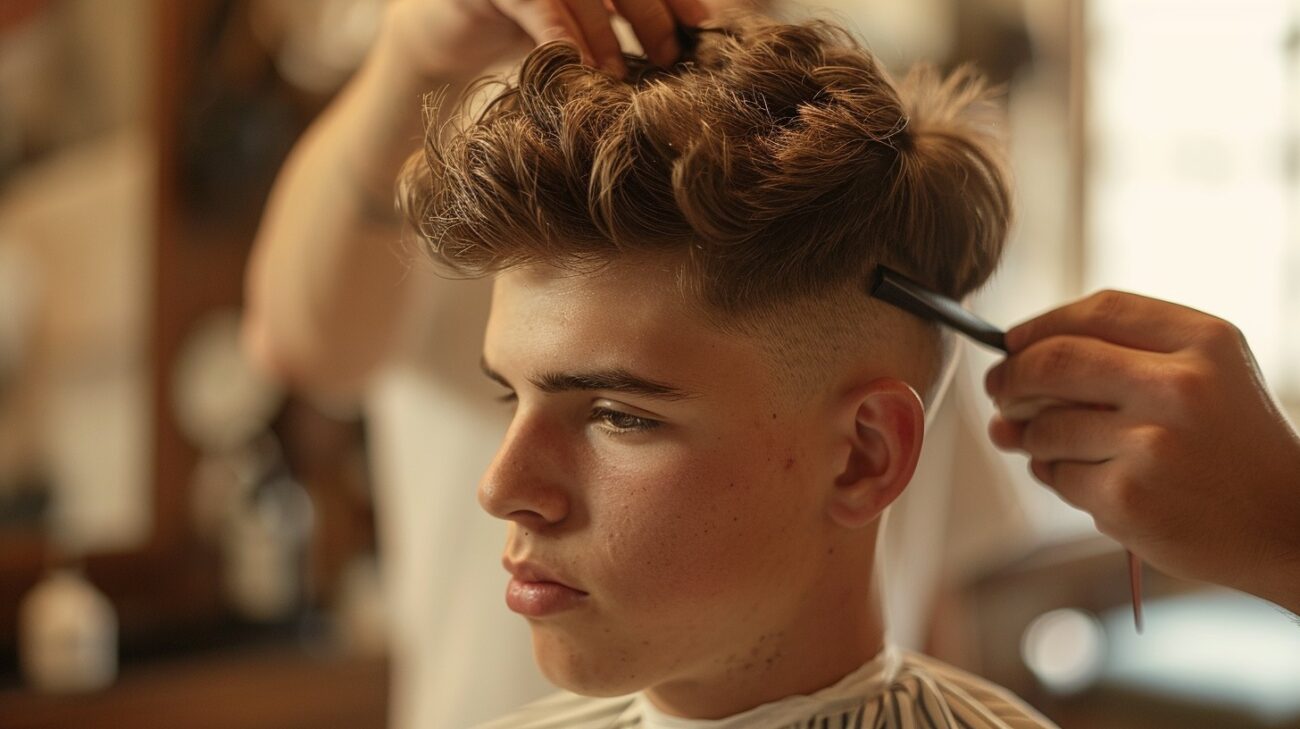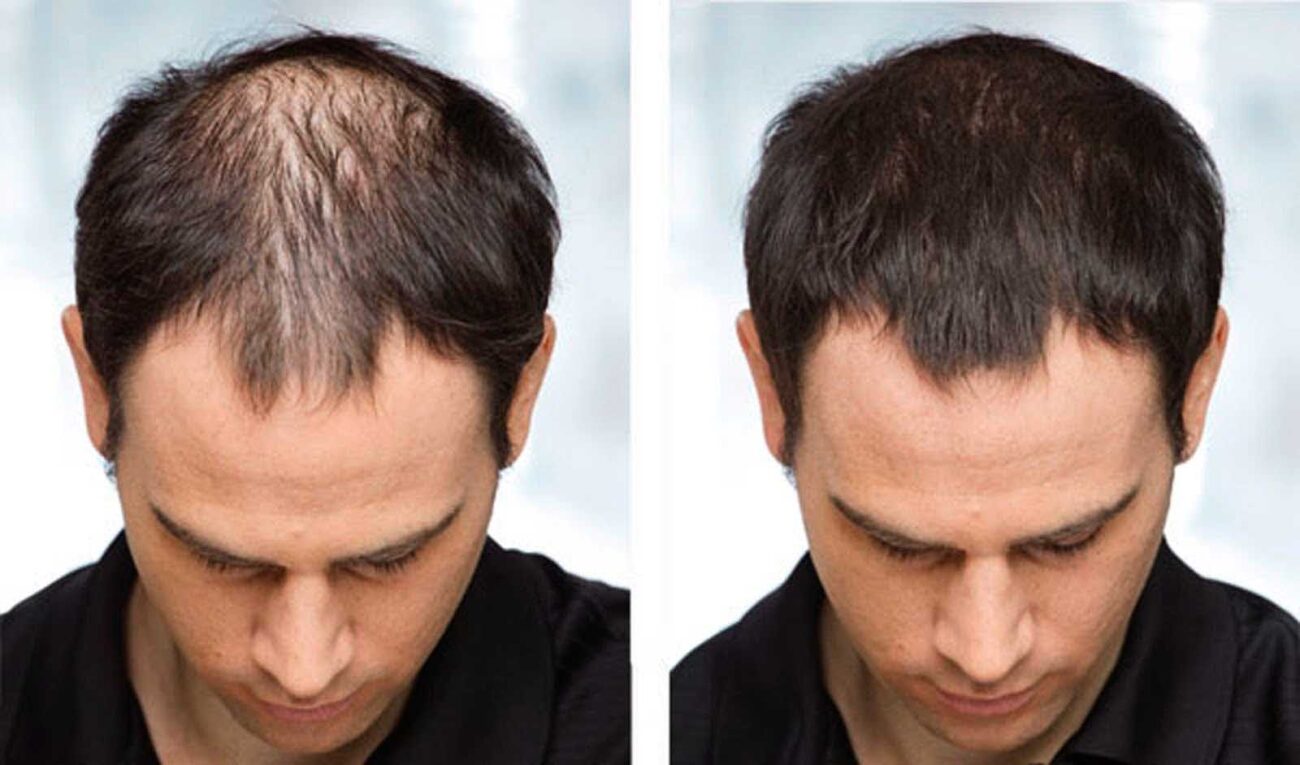If your beard has itchy, red skin with white or yellow flakes, you may have seborrheic dermatitis—an itchy, stubborn skin condition. It is worse for men with facial hair, causing dry, flaky, and inflamed skin. It's often more noticeable under the beard and moustache. You can get rid of seborrheic dermatitis and the unpleasant feeling it gives by knowing what to do.
This blog covers all aspects of managing seborrheic dermatitis and dry skin under facial hair. We will cover causes, symptoms, treatment options, and preventive measures.
What is seborrheic dermatitis?
Seborrheic dermatitis is a skin condition that affects oily skin areas. Redness, scaling, and a greasy or dry texture are the signs. It can occur anywhere on the body other than the scalp. This includes the face, eyebrows, sides of the nose, and under beards and moustaches. When this condition occurs on the scalp, we call it dandruff.
The cause is unclear. We suspect it is an overgrowth of a yeast, Malassezia, that lives on the skin. The doctors say that excess oil production and overreaction of the immune system are the triggering points.
Seborrheic dermatitis affects the beard and moustache areas in men.
It is clear that seborrheic dermatitis only targets the oily areas. The skin under the beard and moustache is particularly prone because facial hair can trap oils, dirt, and dead skin cells. Such a condition creates an ideal environment for Malassezia to grow.
Facial hairs are often very hard to maintain. Since the beard has more oil, it mixes with dead skin cells. As a result, clogged pores and flare-ups appear.
Symptoms of Seborrheic Dermatitis under Beard and Mustache
If you have seborrheic dermatitis under your beard or moustache, you might notice:
- Redness and Inflammation: The skin under your beard may appear red and swollen.
- Flaky Skin: Dry, flaky patches of skin that resemble dandruff are a hallmark of this condition.
- Itchiness: Persistent itching, which can worsen with sweating or after shaving.
- Oily or Dry Texture: While the skin may feel dry and flaky, it can also feel greasy in some areas.
- Dandruff in the Beard: White or yellow flakes may appear in your facial hair.
Causes of Dry Skin and Seborrheic Dermatitis under Facial Hair
Many factors cause seborrheic dermatitis and dry skin under the beard. Not only beard, this happens anywhere the hair recedes.
- Yeast Overgrowth: As mentioned earlier, Malassezia yeast plays a significant role. An imbalance in skin flora can trigger an inflammatory response.
- Excess Oil Production: The beard and moustache areas tend to produce more sebum. It can mix with dead skin cells and worsen the condition.
- Environmental Triggers: Cold weather, humidity, stress, and some skincare products can cause flare-ups.
How to Differentiate Seborrheic Dermatitis from Other Skin Conditions
Many confuse psoriasis with seborrheic dermatitis. Since Seborrheic dermatitis is similar to eczema, psoriasis, and fungal infections, a few differences can help you tell them apart.
- Eczema: It affects drier areas of the body. It is more common in people with sensitive skin.
- Psoriasis: It often has thicker, silvery scales. It affects areas beyond the face, such as the elbows and knees.
- Fungal infections: They often cause intense itching. They may also cause a ring-shaped, localised rash.
Most people misunderstand seborrheic dermatitis and other issues. If you're unsure what's causing your symptoms, consult a dermatologist for a diagnosis.
Also Read: Debunking the Common Myths about Dandruff
Risk Factors: Who is Most Likely to Get It?
By now, you would have thought who is more likely to get seborrheic dermatitis. Though it can affect anyone, certain factors make some individuals more prone.
- Genetic Predisposition: Seborrheic dermatitis passes down through family lines. If your family has it, you might have it too.
- Age: The condition is more common in adults aged 30-60 and can also affect infants (known as cradle cap).
- Hormonal Changes: Hormones can influence oil production, which may trigger seborrheic dermatitis. Women might have a higher chance of getting it.
- Lifestyle factors: Unhealthy people are less immune to diseases. High stress, a poor diet, and no skincare can cause flare-ups.
Stress has an equal part in inducing these factors. How? click here.
Impact of Seborrheic Dermatitis on Self-Esteem
Dealing with a visible skin condition like seborrheic dermatitis can affect your self-esteem. Many men find the red, flaky skin under their beards embarrassing, especially in social situations. It's common to feel self-conscious. But, this is a treatable condition.
The Importance of Skincare for Men with Facial Hair
Facial hair requires a dedicated grooming routine, especially if you have seborrheic dermatitis. Maintain a well-groomed beard through consistent upkeep. It removes oils, dead skin, and debris. These can cause flare-ups. Ignoring proper care may worsen the condition, leading to increased discomfort and irritation.
Best Practices for Managing Seborrheic Dermatitis under the Beard
Here are some effective ways to manage seborrheic dermatitis and dry skin under your beard and moustache:
- Wash Your Beard Regularly: Use a gentle, sensitive skin cleanser to clean your beard. Avoid harsh soaps that can strip moisture.
- Use Medicated Shampoos: Look for shampoos with active ingredients. They should contain ketoconazole, salicylic acid, or zinc pyrithione. These can reduce flaking and inflammation. You can click here to read our blog to pick the right anti-dandruff shampoo, which possesses these compounds.
- Gently exfoliate: Use a soft brush or scrub to remove dead skin cells. Do not irritate your skin.
- Moisturize: After washing, apply a non-comedogenic moisturizer or beard oil. This will lock in moisture.
Top Ingredients to Look For in Skincare Products
When treating seborrheic dermatitis under your beard, some ingredients can help.
- Tea Tree Oil: It can kill Malassezia. It has strong antifungal and anti-inflammatory properties.
- Salicylic Acid: Salicylic acid is one of the best AHAs. It helps exfoliate the skin and reduce flakiness.
- Ketoconazole: Ketoconazole is a powerful antifungal agent that helps combat Malassezia overgrowth. It is often present in anti-dandruff shampoos.
- Coconut oil: Coconut oil hydrates and reduces inflammation. This keeps skin from drying out.
Home Remedies for Seborrheic Dermatitis
Besides over-the-counter treatments, there are several home remedies you can try:
- Coconut Oil: This natural moisturizer can soothe dry, irritated skin. It has antifungal properties, too.
- Aloe Vera: Apply fresh aloe gel to calm inflammation and hydrate your skin.
- Apple Cider Vinegar: Dilute apple cider vinegar with water. Apply it to the affected area. This can help balance skin pH and reduce flakiness.
Read: 10 Everyday ingredients for dandruff treatment at home
When to See a Dermatologist
If your symptoms persist after home treatments, see a dermatologist. A doctor can prescribe stronger treatments, such as:
- Topical Steroids: To reduce inflammation and itching.
- Antifungal Creams: To target the yeast causing the condition.
Preventing Future Flare-ups of Seborrheic Dermatitis
Seborrheic dermatitis is chronic. But, you can prevent flare-ups:
- Maintain a consistent skincare routine: Regular cleansing and moisturizing is crucial.
- Manage Stress: High stress can worsen seborrheic dermatitis. Try stress-reducing techniques, such as meditation.
- Avoid Irritants: Some skincare products contain harsh chemicals or fragrances.
We are actively writing blogs on a variety of topics. The current run is the Haircare series. For more valuable insights, read our previous blogs.
FAQs
Can shaving help with seborrheic dermatitis?
Shaving can reduce the accumulation of oil and dead skin under your beard, but it’s not always necessary. Proper beard care can manage the condition without needing to shave.
How often should I wash my beard if I have seborrheic dermatitis?
It’s best to wash your beard at least 2-3 times a week with a medicated shampoo to keep it clean and reduce flare-ups.
Can diet affect seborrheic dermatitis?
Yes, diets high in sugar and unhealthy fats may exacerbate symptoms. Eating a balanced diet rich in antioxidants and omega-3 fatty acids can help improve skin health.
What is the best oil for moisturizing my beard with seborrheic dermatitis?
Coconut oil and jojoba oil are excellent choices because they’re hydrating and won’t clog pores.
Is seborrheic dermatitis contagious?
No, seborrheic dermatitis is not contagious and cannot be spread from person to person.






